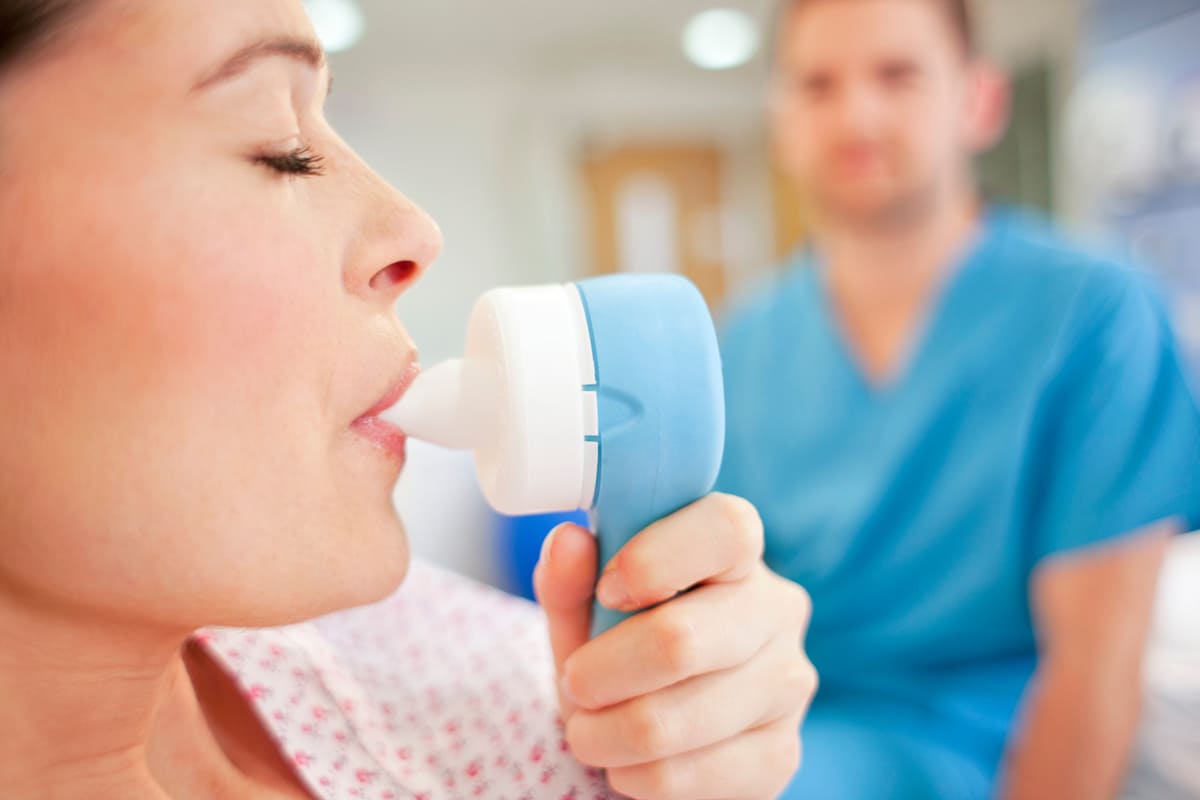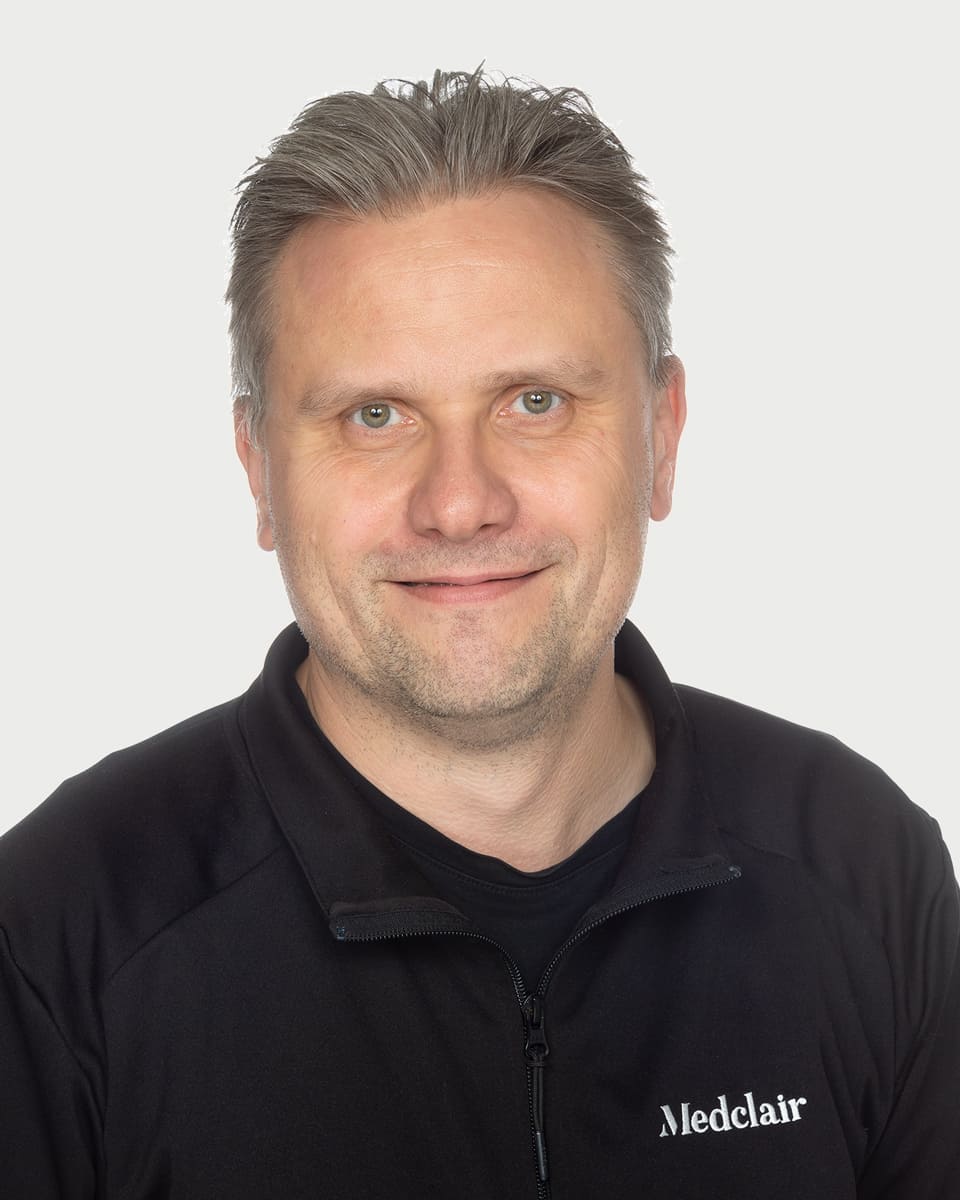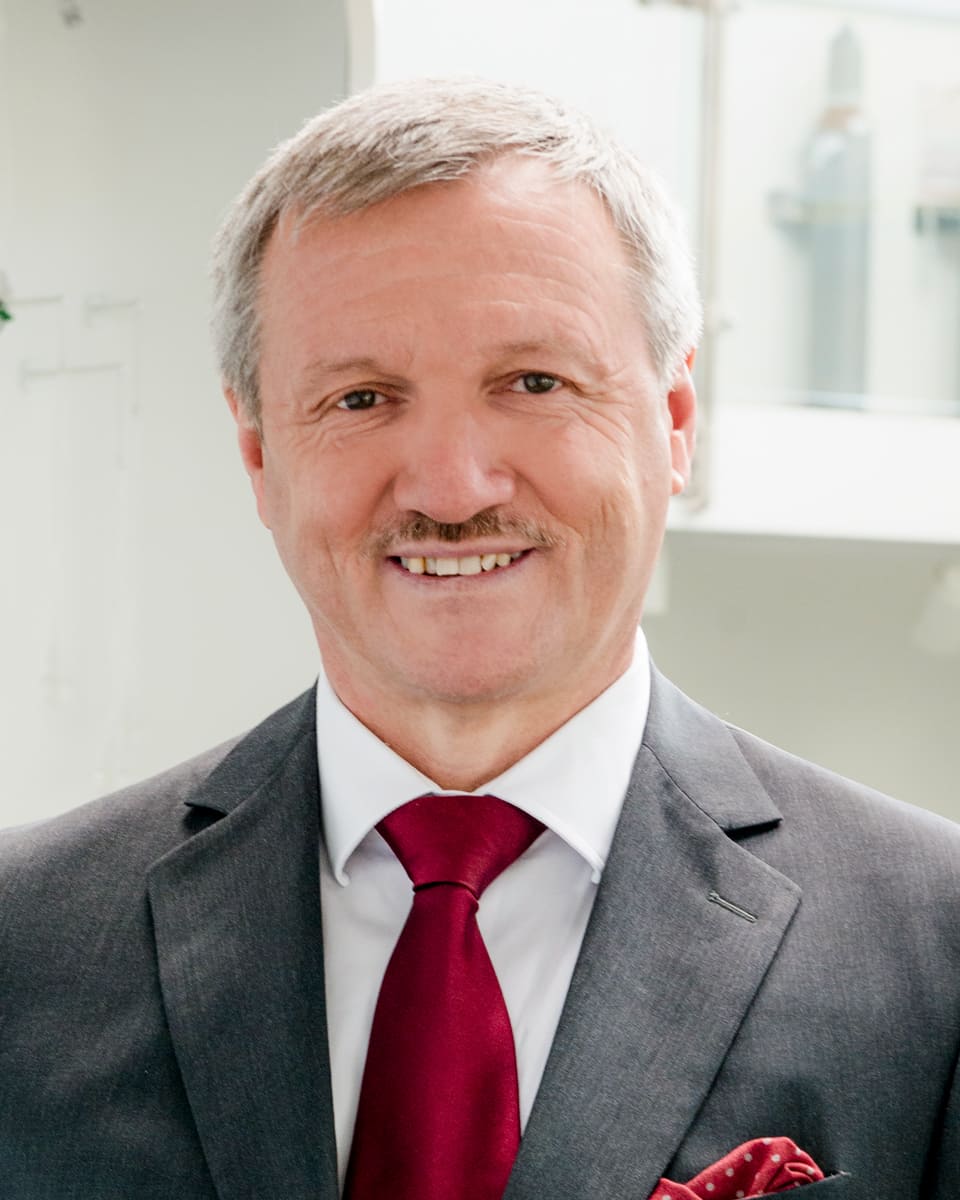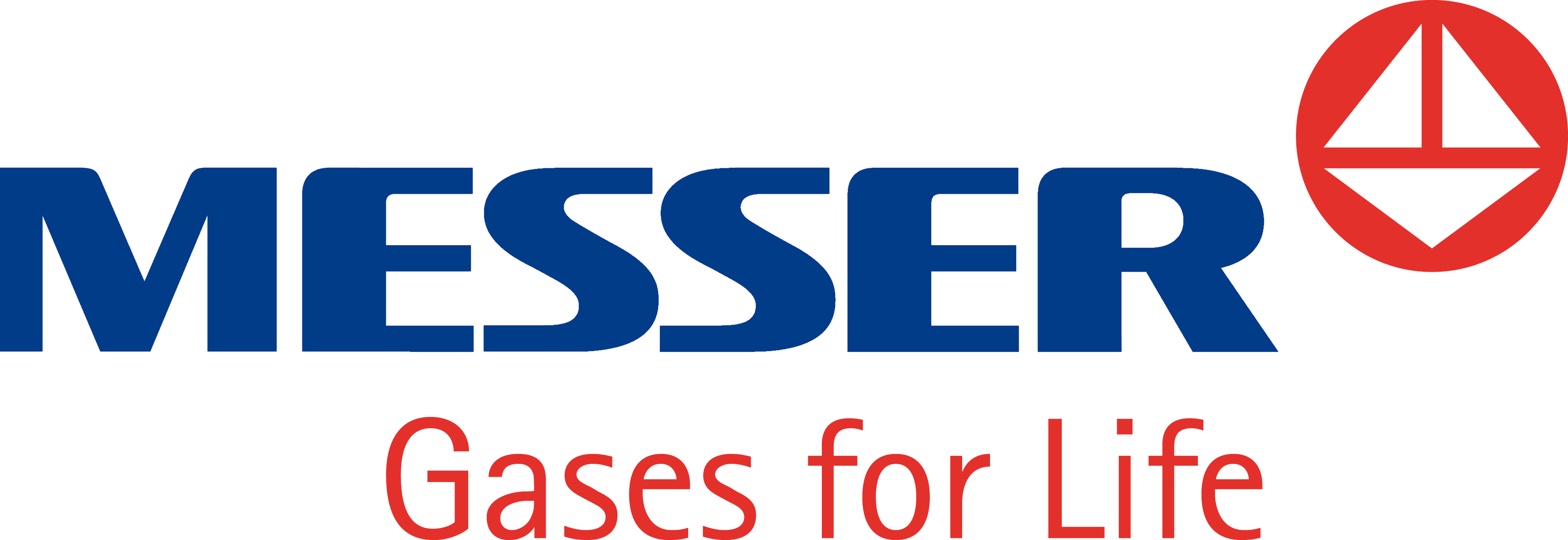By: Editorial Team Reading time: 3 Minutes
◤ MEDICINE
Protecting personnel and the environment
The use of medical gases is widespread and spans a broad range of medical applications, such as anesthetics. But some of them are also extremely potent greenhouse gases. Messer and Medclair are working together to prevent the unnecessary release of such gases to the atmosphere.
As early as 1800, English chemist Humphry Davy described the sedative effect of certain gases. Gases and gas mixtures have been used to anesthetize patients during medical operations since 1844. Because they can be very precisely dosed, they serve as important anesthetics and sedatives in such fields as dentistry, pediatrics, and obstetrics. In terms of their greenhouse effect, however, some of these gases are almost three hundred times more harmful than carbon dioxide: even small quantities have a significant impact on the climate.

Gases do not stay in the body
In operating rooms and dentist’s offices, medical gases are administered through face masks – a method that, by design, lets barely any gas escape. But rather than being permanently absorbed by the body, the gases are exhaled again. It goes without saying that they should also not collect in the clinical environment, where they could be inhaled by medical personnel and might exert their anesthetic effect on them. That would not only impair job performance, but continuous exposure to such gases or an excessively high dosage could also impair health. That is why the air in the workplace is subject to strict exposure limits.
The Swedish greentech company Medclair specializes in technology for handling such gases and gas mixtures. Among other things, it provides stationary and portable “Destruction Units” that capture anesthetic exhaled gas from the lungs of the patients. These destruction units not only collect the gas, but also use a catalytic process to break it down into oxygen and nitrogen. And with that, the greenhouse gas effect of the anesthetics comes to an end.
❝
We are pleased to be working together with Messer to significantly reduce greenhouse gas emissions in the healthcare system.
Jonas Lundh, Chief Executive Officer from Medclair


❝
This partnership underscores our commitment to sustainability.
Adolf Walth, Member of the Extended Management Board of Messer
Bringing sustainable technology to the customer
“We observe a growing awareness of the use of methods that prevent the medical gases used in healthcare from contributing to the climate crisis,” explains Jonas Lundh, Chief Executive Officer of Medclair. “We are pleased to be working together with Messer to significantly reduce greenhouse gas emissions in the healthcare system.” Messer produces a wide range of medical gases, including some with anesthetizing or sedative effects and high greenhouse gas potential. The two companies signed a cooperation agreement in December 2021. Medclair supplies the gas neutralization
technology; Messer supports marketing in the healthcare system and develops additional markets for the climate protection equipment. Adolf Walth, member of Messer’s extended management, emphasizes: “We are pleased about our cooperation with Medclair. This partnership underscores our commitment to sustainability. We are helping to protect the environment, not only by optimizing our own processes, but also by developing technologies that help our customers’ processes become more efficient and eco-friendly.” This also includes capturing medical gases and rendering them harmless in medical applications.
